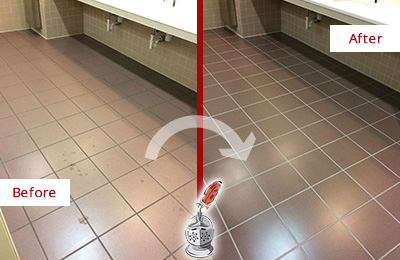The content following next in relation to How to Fix a Water Damage Bathroom is really enjoyable. Read it yourself and see what you think about it.

The restroom is exceptionally prone for wet build-up and possible water damage as a result of the regular use water in it. This short article supplies easy examination methods to aid spotting water damages risks.
The constant use of water in the shower room makes it extremely prone for moist build-up and potential water damages. By inspecting it frequently, you can reduce water associated problems.
The following set of examinations is easy to do and also ought to be done when in every 3 months in order to keep your shower room in good shape as well as to stop potential water damages triggered by the bath tub, the shower, pipe joints as well as plumbing, sinks, closets, and the bathroom
Do not disregard performing these evaluations and also be thorough while doing them. Bear in mind that these basic inspections can save you a lot of cash by giving very early indications for water damage
Tub and Shower
The shower and bathtub require special interest and also upkeep. Examine the tiles and also change if fractured. See to it that there is no missing out on cement in between the floor tiles. Evaluate and also replace split caulking at joints where the wall surfaces fulfill the flooring or the bath tub. Clogged drains and pipes problems will stop the tub from drying out and also may indicate major problems below the tub. Speak with an expert promptly to stop architectural damages. Focus on stainings or soft locations around the tub walls as they may show an inner leak.
Plumbing
Signs for water damages are tough to spot since most pipelines are mounted inside the wall surfaces.
Pay special attention to floor covering and also walls dampness and discolorations as they might suggest an unnoticeable plumbing trouble. Examine wetness levels in adjacent areas also.
Sinks and Cabinets
Sinks and also cupboards are exposed to dampness and also humidity daily and also are typically neglected. Inspect consistently under the sink as well as on the countertop over it. Repair any drip in the catch as it may recommend drain problems. Check out the sink, sluggish draining pipes may show an obstructed drain. Change sink seals if they are broken or loosened.
The Bathroom
The toilet is a prone water junction. Examine the water lines as well as look for leaks around the toilet seat, in the pipe, and under the water container. If you spot any kind of indications of dampness on the floor around the commode, check for leakages in the toilet rim and also storage tank seals.
Realize that hanging toilet bowl antiperspirants increases the possibilities for obstructions.
How to Prevent Water Damage in Your Bathroom?
Water damage repair is an expensive, meticulous, and lengthy process. Unfortunately, bathrooms are the most susceptible rooms to water damage due to toilets, showers, and sinks. Pipes and fixtures wear out over time and are not immune to damage. But all is not lost, as there are ways to prevent water damage from occurring in your bathroom.
Check Your Plumbing
Nothing lasts forever, especially pipes, which can rust and begin leaking over time. You should periodically conduct pipe inspections and pay attention for any musty smells or water stains that may indicate you need water damage repair. Here are some things to check:
Frequently test valves for your toilet, shower, and sink to ensure they are properly working. Check faucet supply lines hidden under vanities and replace when needed. Replace cracked or deteriorating caulking along sinks, tubs, and showers. If you notice a clog in your sink, call in a professional. Since you can’t check the pipes in the wall, keep an eye out for stains, drywall bubbling, musty smells, and excess moisture; if the bathroom is on a second level, check the ceiling of the room directly below for these signs. Don’t Overwork Your Toilet
One of the most common reasons bathrooms need water damage repair is due to overflowing toilets. Save yourself the hassle of cleanup by being mindful and not pushing your toilet to extreme limits. If you have young children, it is especially important to keep an eye on them when they are in the bathroom and to teach them how to avoid clogging the toilet. Here are some more tips to help prevent your toilet from overflowing:
If you have a septic tank, only use septic-safe toilet paper Do not flush anything down the toilet besides toilet paper; items like diapers and sanitary napkins will clog the piping Pay attention to your toilet’s water level: If it’s low, it could mean it is partially clogged or that there is a crack in the toilet bowl Maintain Your Shower/Tub
Replace showers or tubs with cracks or other damage; even hairline cracks can allow water to seep in and cause damage. Grout and caulk help prevent water from seeping into walls and floors, so repair them if they are chipped, cracked, or deteriorating. Replace torn shower curtains or shower doors with seals that no longer work. Dry the floor and drain water from the tub immediately after use to prevent damage from sitting water. https://www.alure.com/home-improvements-blog/resources/how-to-prevent-water-damage-in-your-bathroom

I hope you enjoyed reading our section on How to Fix a Water Damage Bathroom. Thank you for finding the time to read our post. Enjoyed our content? Please share it. Help others find it. Many thanks for your time invested reading it.
Visit My Web Page